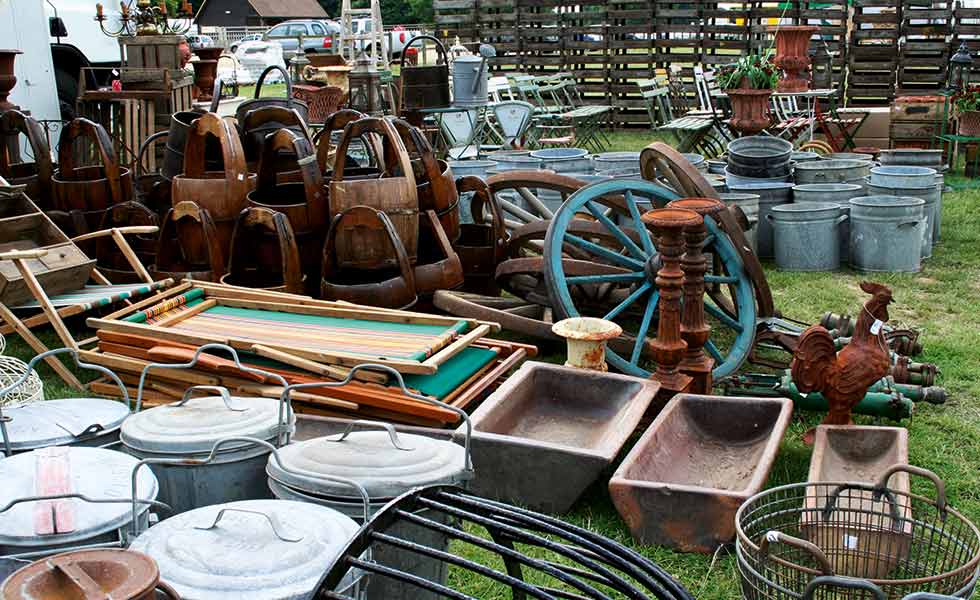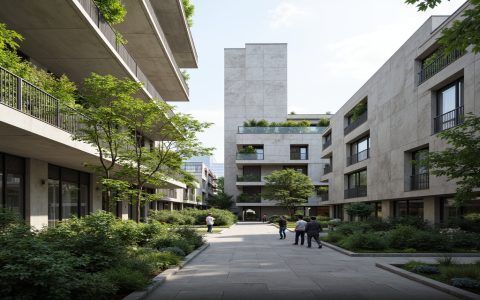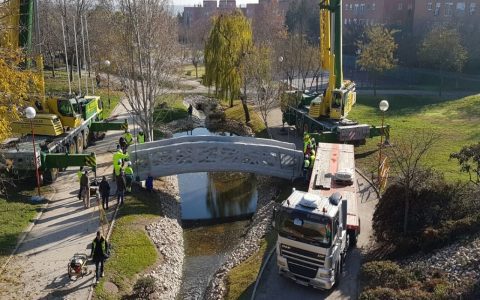Building with reclaimed materials involves sourcing and incorporating previously used construction components or salvaged items into new building projects. This practice offers distinct advantages but also presents unique challenges that require careful planning and execution.
Benefits of Using Reclaimed Materials
- Environmental Sustainability: Reduces landfill waste, conserves natural resources, and often lowers the embodied energy of a project compared to using new materials.
- Unique Aesthetics and Character: Reclaimed items carry history and patina, offering distinctive textures, colors, and stories that cannot be replicated with new products.
- Durability and Quality: Many older materials, such as old-growth timber or vintage bricks, were manufactured to high standards and can possess superior durability compared to some modern equivalents.
- Potential Cost Savings: While not always the case, some reclaimed materials can be acquired at a lower cost than new alternatives, especially if sourced locally or salvaged directly.
Common Types of Reclaimed Materials
- Reclaimed Wood: Timber from old barns, factories, or warehouses, used for flooring, beams, cladding, and furniture.
- Reclaimed Brick and Stone: Salvaged from demolished buildings, offering unique colors and textures for walls, paving, and features.
- Reclaimed Metal: Items like corrugated sheeting, structural steel, or decorative ironwork.
- Architectural Salvage: Includes doors, windows, light fixtures, plumbing fixtures, hardware, and decorative elements.
Key Challenges and Considerations
Successfully integrating reclaimed materials requires addressing several practical aspects:
- Sourcing and Availability: Finding specific materials in sufficient quantities can be time-consuming and unpredictable. Supply is often inconsistent.
- Material Condition and Preparation: Materials may require cleaning, de-nailing, refinishing, or repair before use. This can add to labor costs.
- Potential Contaminants: Older materials may contain hazardous substances like lead paint, asbestos, or chemical treatments that require careful handling and remediation.
- Building Codes and Structural Integrity: Ensuring reclaimed materials meet current building codes and structural requirements is crucial. Some materials may need testing or certification.
- Design Flexibility: Design often needs to adapt to the available materials, rather than sourcing materials to fit a preconceived design.
- Labor Costs: Working with non-standardized or irregular reclaimed materials can be more labor-intensive than using new, uniform products.
Best Practices for Successful Implementation
- Plan Early and Source Diligently: Identify material needs early in the design process and begin sourcing well in advance.
- Inspect Materials Thoroughly: Carefully assess the condition, quantity, and suitability of materials. Test for contaminants if necessary.
- Collaborate with Experienced Professionals: Work with designers, contractors, and craftspeople familiar with reclaimed materials.
- Maintain Design Flexibility: Be prepared to adapt designs based on the characteristics and availability of the chosen materials.
- Understand Local Regulations: Ensure compliance with all local building codes and permitting requirements related to the use of salvaged items.
Building with reclaimed materials is a rewarding approach that champions sustainability and character. With careful planning, thorough inspection, and skilled execution, it can lead to unique and environmentally conscious structures.








